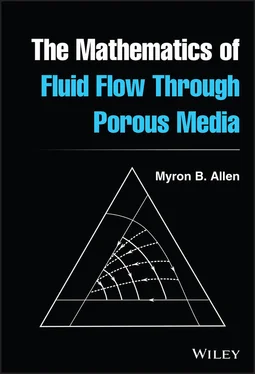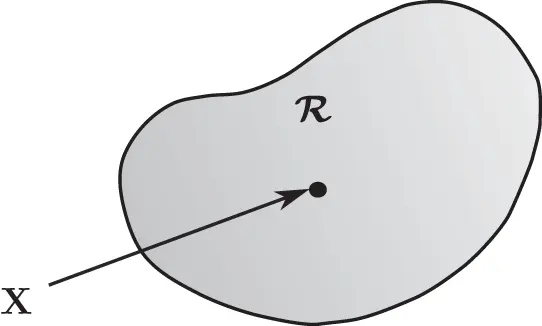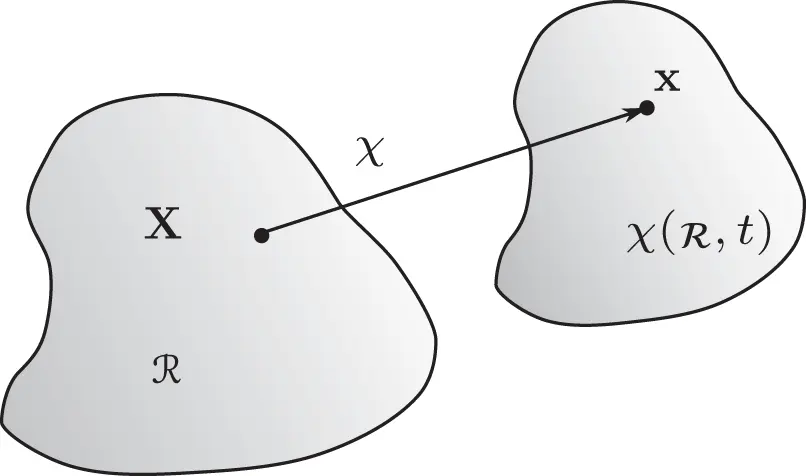Myron B. Allen, III - The Mathematics of Fluid Flow Through Porous Media
Здесь есть возможность читать онлайн «Myron B. Allen, III - The Mathematics of Fluid Flow Through Porous Media» — ознакомительный отрывок электронной книги совершенно бесплатно, а после прочтения отрывка купить полную версию. В некоторых случаях можно слушать аудио, скачать через торрент в формате fb2 и присутствует краткое содержание. Жанр: unrecognised, на английском языке. Описание произведения, (предисловие) а так же отзывы посетителей доступны на портале библиотеки ЛибКат.
- Название:The Mathematics of Fluid Flow Through Porous Media
- Автор:
- Жанр:
- Год:неизвестен
- ISBN:нет данных
- Рейтинг книги:5 / 5. Голосов: 1
-
Избранное:Добавить в избранное
- Отзывы:
-
Ваша оценка:
The Mathematics of Fluid Flow Through Porous Media: краткое содержание, описание и аннотация
Предлагаем к чтению аннотацию, описание, краткое содержание или предисловие (зависит от того, что написал сам автор книги «The Mathematics of Fluid Flow Through Porous Media»). Если вы не нашли необходимую информацию о книге — напишите в комментариях, мы постараемся отыскать её.
, distinguished professor and mathematician Dr. Myron B. Allen delivers a one-stop and mathematically rigorous source of the foundational principles of porous medium flow modeling. The book shows readers how to design intelligent computation models for groundwater flow, contaminant transport, and petroleum reservoir simulation.
Discussions of the mathematical fundamentals allow readers to prepare to work on computational problems at the frontiers of the field. Introducing several advanced techniques, including the method of characteristics, fundamental solutions, similarity methods, and dimensional analysis,
is an indispensable resource for students who have not previously encountered these concepts and need to master them to conduct computer simulations.
Teaching mastery of a subject that has increasingly become a standard tool for engineers and applied mathematicians, and containing 75 exercises suitable for self-study or as part of a formal course, the book also includes:
A thorough introduction to the mechanics of fluid flow in porous media, including the kinematics of simple continua, single-continuum balance laws, and constitutive relationships An exploration of single-fluid flows in porous media, including Darcy’s Law, non-Darcy flows, the single-phase flow equation, areal flows, and flows with wells Practical discussions of solute transport, including the transport equation, hydrodynamic dispersion, one-dimensional transport, and transport with adsorption A treatment of multiphase flows, including capillarity at the micro- and macroscale Perfect for graduate students in mathematics, civil engineering, petroleum engineering, soil science, and geophysics,
also belongs on the bookshelves of any researcher who wishes to extend their research into areas involving flows in porous media.

 m, a natural porous medium such as sandstone is a complex mixture of solids and fluids, separated by interfaces whose geometries are often too small for humans to discern without aid. This book focuses mainly on the macroscopic scale. However, viewed at the microscopic scale, say
m, a natural porous medium such as sandstone is a complex mixture of solids and fluids, separated by interfaces whose geometries are often too small for humans to discern without aid. This book focuses mainly on the macroscopic scale. However, viewed at the microscopic scale, say  –
–  m, the solids and fluids in a porous medium appear as distinct continua, separated by observable interfaces. We begin with the mechanics of these simple continua. Section 2.5extends the discussion to the mechanics of multiconstituent continua, applicable at the macroscopic scale of observation.
m, the solids and fluids in a porous medium appear as distinct continua, separated by observable interfaces. We begin with the mechanics of these simple continua. Section 2.5extends the discussion to the mechanics of multiconstituent continua, applicable at the macroscopic scale of observation. of particles, sometimes called material points. A subset of the body that is a body in its own right is a partof the body. We assign to each body a reference configuration, which associates with the body a region
of particles, sometimes called material points. A subset of the body that is a body in its own right is a partof the body. We assign to each body a reference configuration, which associates with the body a region  in three‐dimensional Euclidean space. In the reference configuration, each particle in the body has a position
in three‐dimensional Euclidean space. In the reference configuration, each particle in the body has a position  , unique to that particle, as shown in Figure 2.1. The vector
, unique to that particle, as shown in Figure 2.1. The vector  serves as a label, called the referentialor Lagrangiancoordinates of the particle. As with a person's home address, from a strictly logical point of view the particle need not ever occupy the point
serves as a label, called the referentialor Lagrangiancoordinates of the particle. As with a person's home address, from a strictly logical point of view the particle need not ever occupy the point  . That said, in some applications it is useful to choose the reference configuration in a way that associates each particle with a position that it occupies at some prescribed time, for example
. That said, in some applications it is useful to choose the reference configuration in a way that associates each particle with a position that it occupies at some prescribed time, for example  .
.
 used to label a particle according to its position in the reference configuration.
used to label a particle according to its position in the reference configuration. in three‐dimensional Euclidean space that each particle
in three‐dimensional Euclidean space that each particle  occupies at every time
occupies at every time  . For this purpose we assume that there exists a one‐parameter family
. For this purpose we assume that there exists a one‐parameter family  of vector‐valued functions, time
of vector‐valued functions, time  being the parameter, that has the following properties.
being the parameter, that has the following properties. is the deformationof the body, illustrated in Figure 2.2. We call the vector
is the deformationof the body, illustrated in Figure 2.2. We call the vector  the spatialor Euleriancoordinates of the particle
the spatialor Euleriancoordinates of the particle  at time
at time  .
.
 onto the body's configuration at time
onto the body's configuration at time  .
.










